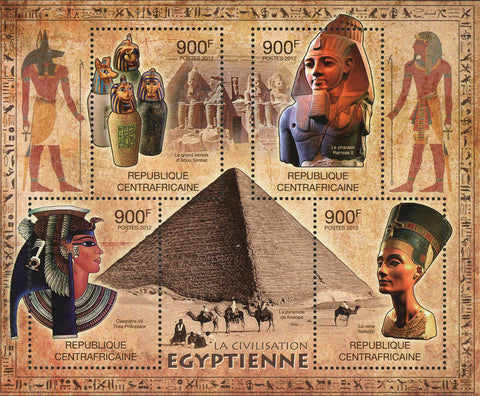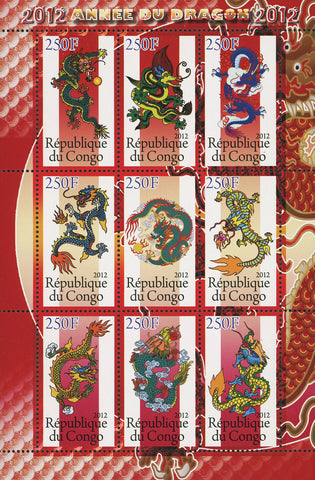Soviet Union Peace Equanimity Work Happiness Individual Stamp Mint NH
- Product Sku:
- Categories Culture, Soviet Union
Soviet Union Peace Equanimity Work Happiness Individual Stamp Mint NH
The Union of Soviet Socialist Republics (USSR), commonly known as the Soviet Union, was a socialist state in Eurasia that existed from 30 December 1922 to 26 December 1991. Nominally a union of multiple national Soviet republics, its government and economy were highly centralized. The country was a one-party state, governed by the Communist Party with Moscow as its capital in its largest republic, the Russian Soviet Federative Socialist Republic (Russian SFSR). Other major urban centres were Leningrad, Kiev, Minsk, Alma-Ata, and Novosibirsk.
Extending across the entirety of Northern Asia and much of Eastern Europe, the Soviet Union had spanned eleven time zones and incorporated a wide range of environments and landforms. From northwest to southeast, the Soviet Union shared land borders with Norway, Finland, Poland, Czechoslovakia, Hungary, Romania, Turkey, Iran, Afghanistan, China, Mongolia, and North Korea. It shared its maritime borders with Japan by the Sea of Okhotsk and the US state of Alaska across the Bering Strait. With an area of 22,402,200 square kilometres (8,649,500 sq mi), the Soviet Union was the largest country in the world by area, covering more than one-eighth of the Earth's inhabited land area, and the third most populous, with over 288 million people as of 1989, with 80% of the population living in the western, European part of the country.
The Soviet Union had its roots in the October Revolution of 1917, when the Bolsheviks led by Vladimir Lenin overthrew the Russian Provisional Government which had replaced Tsar Nicholas II during World War I. In 1922, the Soviet Union was formed by the Treaty on the Creation of the USSR which legalized the unification of the Russian, Transcaucasian, Ukrainian and Byelorussian republics that had occurred from 1918. Following Lenin's death in 1924 and a brief power struggle, Joseph Stalin came to power in the mid-1920s. Stalin committed the state's ideology to Marxism–Leninism (which he created) and constructed a command economy which led to a period of rapid industrialization and collectivization. During this period of totalitarian rule, political paranoia fermented and the late-1930s Great Purge removed Stalin's opponents within and outside of the party via arbitrary arrests and persecutions of many people, resulting in over 600,000 deaths. Suppression of political critics and forced labor were carried out by Stalin's government. In 1933, a major famine that became known as the Holodomor in Soviet Ukraine struck multiple Soviet grain-growing regions, causing the deaths of some 3 to 7 million people.
Fast & Free Shipping within U.S.A.
We Care for your order, Pack it carefully and ship it within 24 hours.
Satisfaction Guaranteed!
Please explore our store for more stamps, souvenir sheets, post-office collectibles and philately books and pre-philatelic items:
montecinos.philately




















